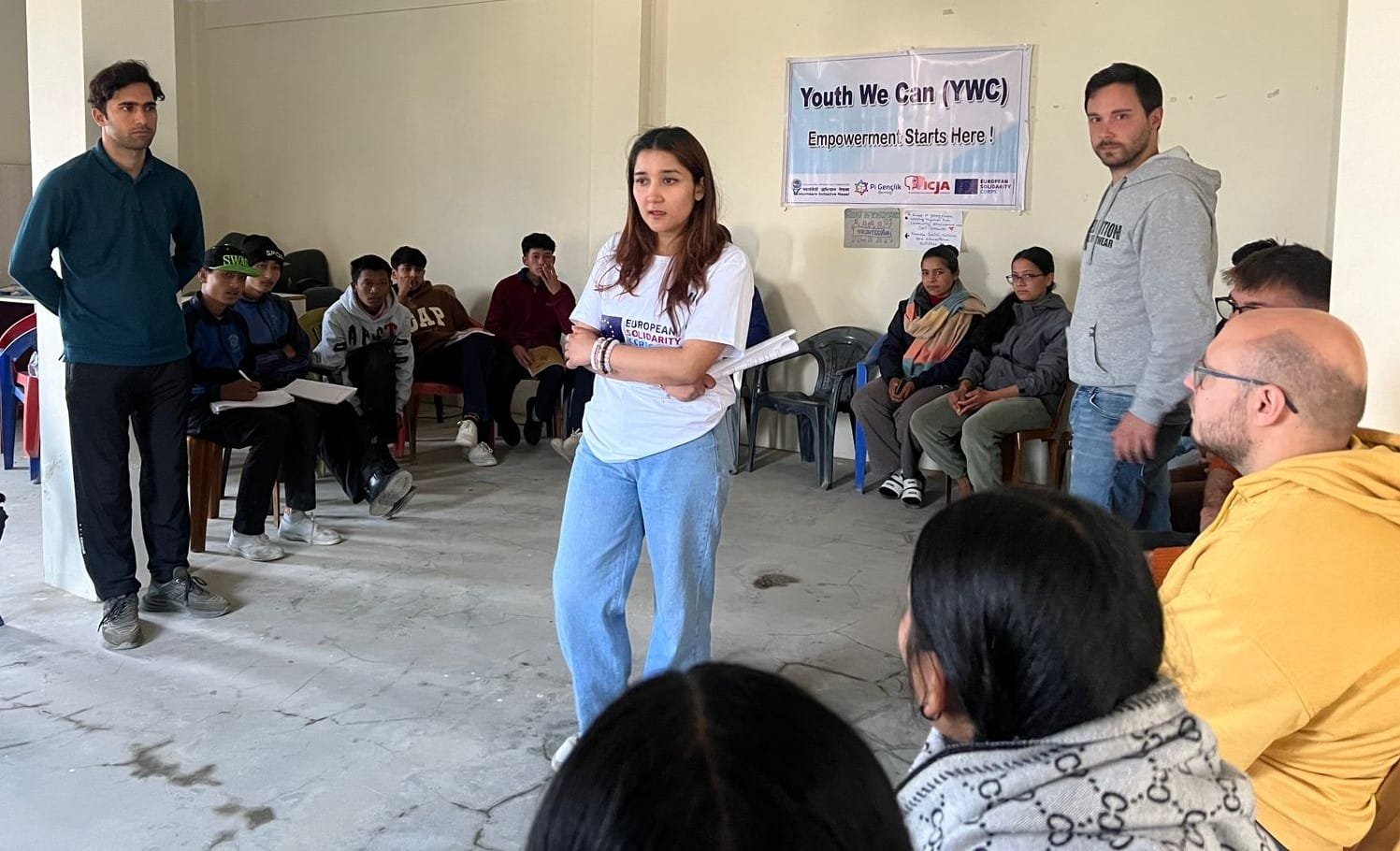Nepal has witnessed a significant trend of labor migration over the years, with many citizens seeking employment opportunities abroad. This phenomenon, often referred to as brain drain, has become a pressing issue, particularly as it involves the emigration of skilled manpower. Despite Nepal’s immense potential in sectors such as hydropower, tourism, and agriculture, the country faces a rapid outflow of educated professionals and talented youth. This migration directly impacts Nepal’s socio-economic development, depriving it of the skilled workforce required for growth.

To better understand the scale of labor migration, we can analyze the labor permits issued by Nepal’s Department of Foreign Employment (DOFE) over the past decade. Between the fiscal years 2014/15 and 2022/23, the numbers reveal a fluctuating but generally high demand for foreign employment. For instance, 512,878 labor permits were issued in 2014/15, and despite a dip during the pandemic in 2020/21 with just 72,081 permits, the trend surged again to a record 771,327 permits in 2022/23.
Here mentioned below are several factors that contribute in the Nepal’s brain drain trend.
1. Economic instability
In developing countries like Nepal, it struggles to create competitive job opportunities which offers low wages and limited career growth, whereas skilled manpower seeks to migrate western countries such as USA, Australia and some even in gulf nation where they can earn better salaries and access to better quality of life.
2. Education and skill gap
Even though country have provided the increasing better opportunity for access to education the quality of education often falls shorts of global standard. Additionally, local job market also fails to align with Graduates, skills leading many to seek abroad for better employment.
3. Political and government issues
Nepal holds the immense history of having political instability and weak governance which have created as un-certainty in environment. Many professional, specially from health sector, engineering and technology they often find it hard to thrive in Nepal which ended up them leading to the countries with better institutional support.
4. Lack of innovation opportunities
In the countries like Nepal where there is inadequate funding and infrastructure for research, science and technology it discourages. Individual with creative inspiration or entrepreneurial aspiration from staying in Nepal.
Impact of brain drain in Nepal

Brain drain poses very serious challenges to Nepal development:
1. Depletion of skilled workforce
The rapid loss of qualified professionals in field such as medicine, engineering and academia, hinders Nepal’s ability to progress in critical areas.
2. Economic dependency
Most of countries GDP is covered through remittance. While the Nepali workers from abroad contribute in countries economy they can also create a long term dependency in foreign labor markets, making Nepal vulnerable to global economic shifts.
3. Hindered development
When there is no sufficient skilled manpower there will be delays in infrastructure projects, limits on technological advancement and slows overall growth in key sectors.
4. Social implications
The migration of youth not only leaves impact to the countries development but also leaves families fragmented, children end up growing in the environment where there is absence of one or both of the parents leading to the emotional and social challenges within communities.
Reversing the trend
While addressing brain drain it requires a long-term strategy which can be as follows:
1. Creating competitive job opportunities
Government of Nepal must provide well-paying, skill based jobs. Also strengthening the sectors like hydropower, IT and tourism can create employment opportunities for young professionals.
2. Improving Education and training
The related and responsible organization for the development of education and training should align with market demands and offering high-quality technical/vocational training.
3. Promoting entrepreneurship
Young generation with quality education should be provided with initiative for startups and small business, such as acess to credit and reduces taxes, which can encourage youth to build careers within Nepal.
4. Ensuring political stability
Government of Nepal should provide transparent and stable political environment to foster trust and encourages individual to invest their future in the country.
5. Incentivizing return migration
Responsible organization governmental/non-governmental should organize programs to attract Nepalese professional back home, such as tax breaks, grants and career advancement opportunities can reverse brain and inject valuable expertise into the nation
Conclusion
The brain drain trend is deep rooted critical challenge in Nepal, however it also presents an opportunity for reform and growth. Identifying skilled individuals and also encouraging their contribution to the nation development should be top priority. Governmental and non-governmental organization should invest in job creation, education reform and political stability. Nepal should also create an environment where talents of Nepalese youth can flourish at home. Not to mention strategically, this trend can be turned into cycle of innovation and prosperity, where transforming Nepal into a nation that thrives on strength of its people.
This article was prepared by smritee Nepal




